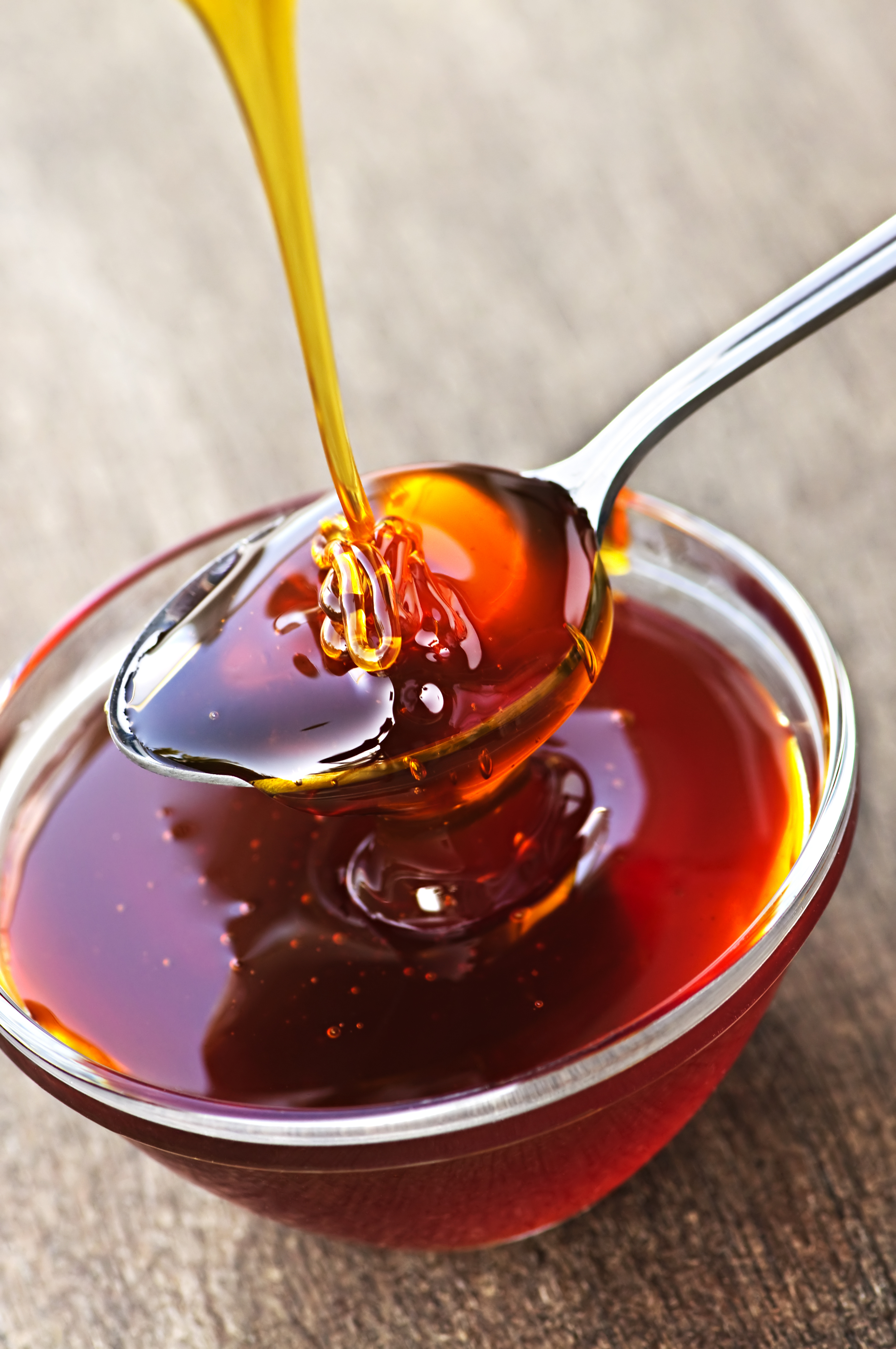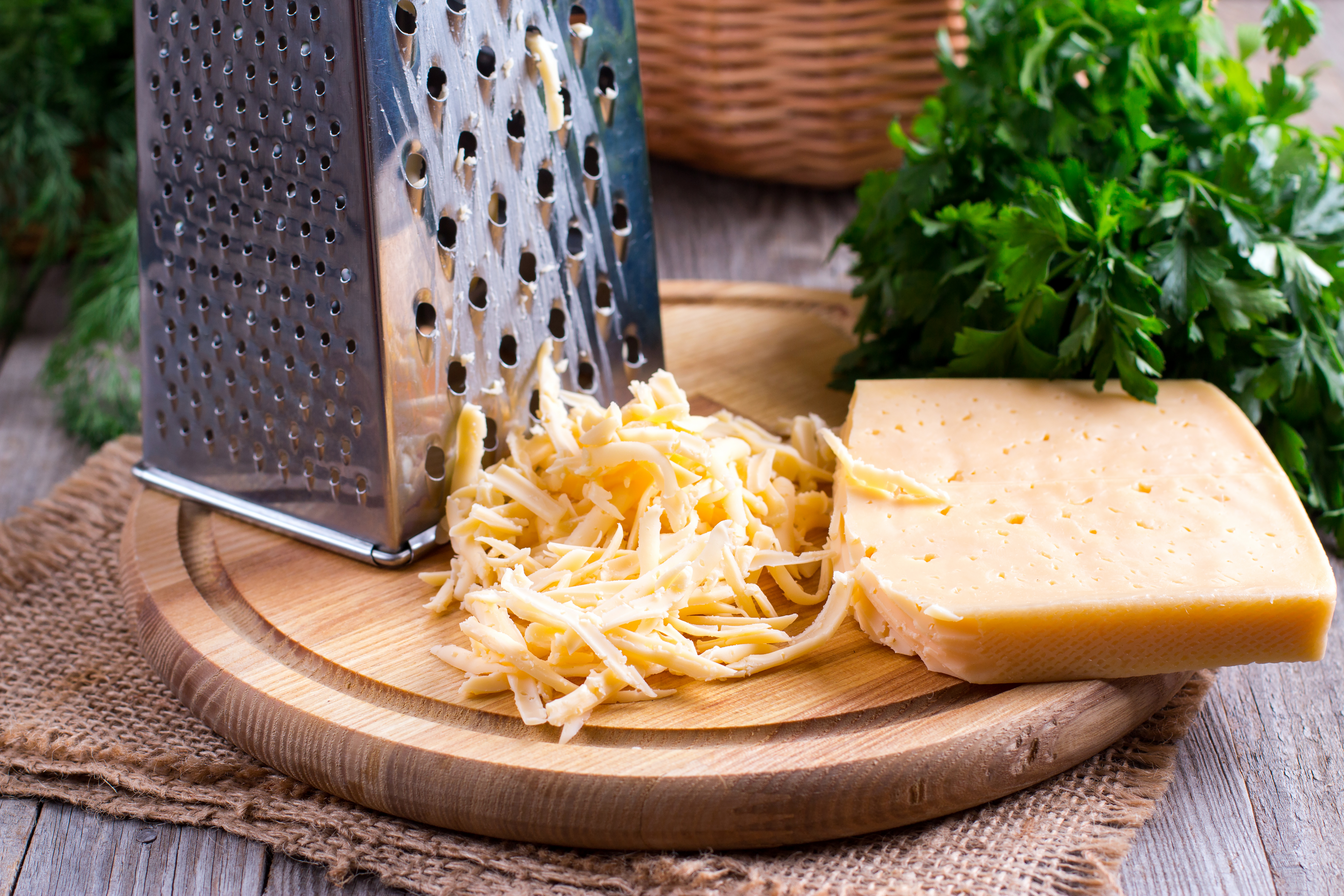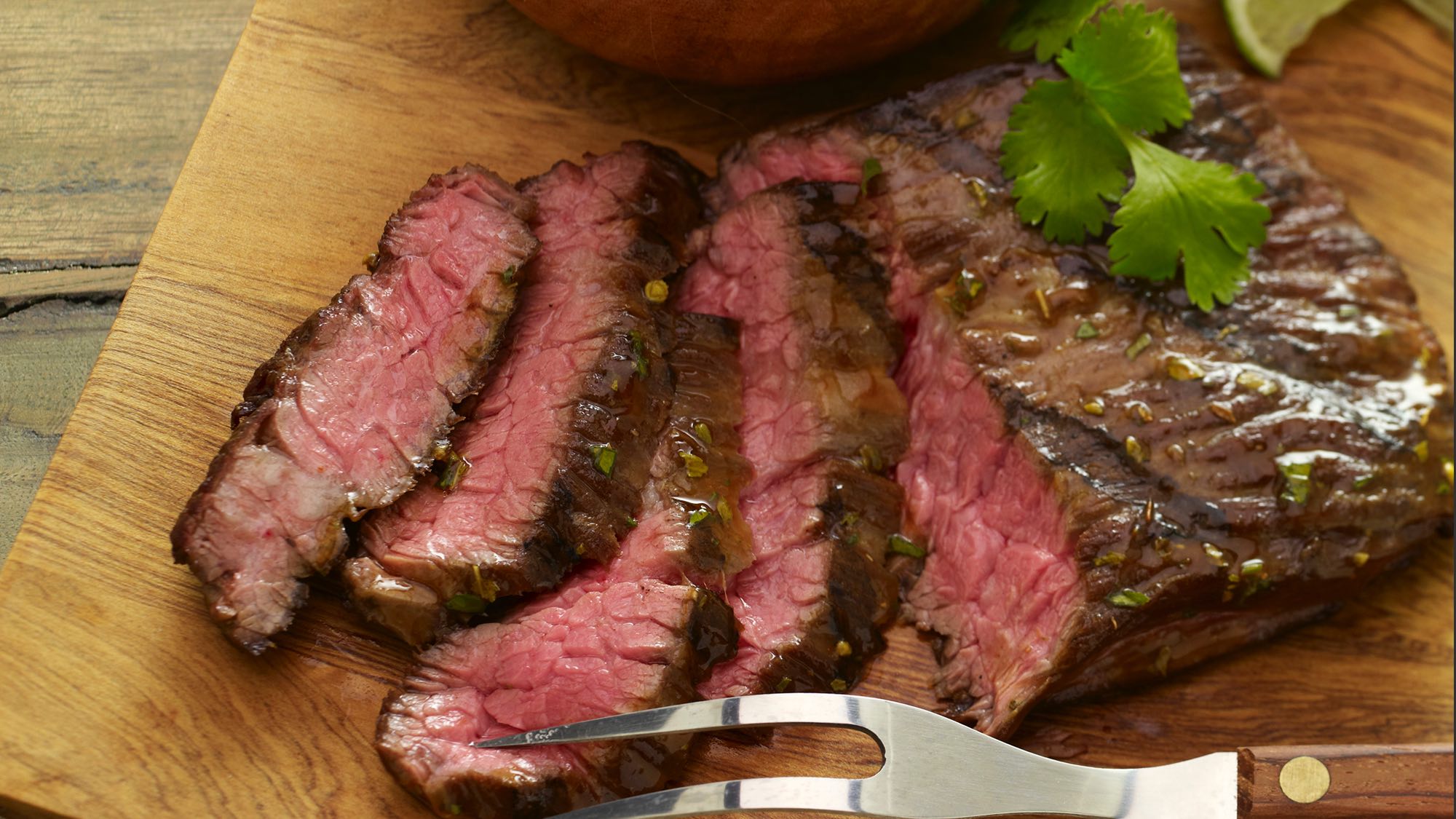“It’s no secret that nonstick cooking spray comes in handy when you’re baking,” says Food & Wine Deputy Test Kitchen Editor Justin Chapple. “You can coat loaf pans, or pie plates, or even muffin tins.” But if you're not baking every single day, you may not need to use it all that often.
But no need for that can to sit on the shelf unused. There are plenty of non-pan coating ways to use cooking spray. Here are three Mad Genius Tips that prove cooking spray is one of the most versatile tools in your kitchen:
Use it when measuring sticky things. Justin says that, before measuring out quantities of syrups or ooey-gooey sauces, “you want to go ahead and lightly coat your measuring spoons.” He demonstrates with some molasses, spraying his tablespoon before measuring. “I mean, look at that,” he says. “It slides right off.”
Use it when chopping sticky things. “I’m talking dried fruits, apricots—in this case we’re going to do dates.” Justin sprays a light coat of cooking spray onto his chef’s knife before chopping up the sticky fruit with ease. “My knife is spotless,” he say. And it even works for garlic.
Use it when grating sticky things. “We all know what it’s like when you’re grating cheese,” says Justin, holding a box grater. "It can get stuck in the teeth,” which ruins Taco Tuesday (and makes your grater a pain to clean). But when you coat it with nonstick spray—on the outside and inside—grating cheese is a breeze, and the excess shreds come loose with a light tap.
There you have it: three hacks that prove nonstick cooking spray is so much more than an alternative to cooking oil. In Justin’s words, be sure to “remember this Mad Genius Tip next time you’re in a sticky situation.”
This article was written by Hannah Walhout from Food & Wine and was legally licensed through the NewsCred publisher network. Please direct all licensing questions to legal@newscred.com.










